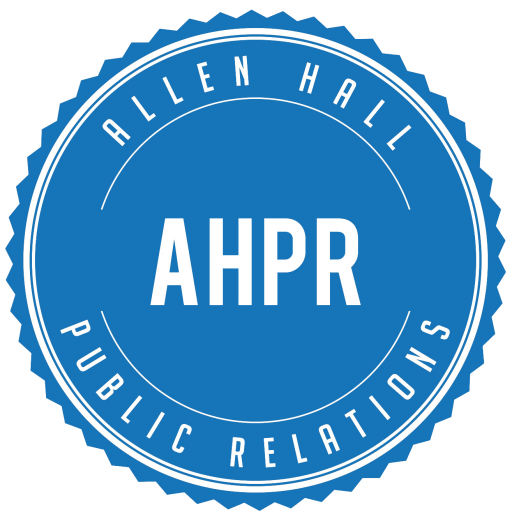
As future PR professionals, many of us will pitch story ideas to journalists on behalf of the organizations or clients we represent. Whether there’s an important upcoming event you want to promote or a personal interest story you want published, securing media coverage for your clients is vital and beneficial for the journalist.
While pitching might seem easy, there are several factors to consider and questions to ask before contacting journalists.
Factors to consider
- PR pros outnumber journalists 6 to 1 — Do your research beforehand and personalize your pitch. Craft a story that will stand out among the other dozens of pitches a journalist receives in a day.
- Many journalists receive up to 30 cold pitches per day — With the large volume of pitches journalists receive daily, it’s best to write concisely and limit your pitches to 2-3 paragraphs. You can provide additional information by attaching a news release from your client.
- The best time to pitch a journalist is between 9 and 11 a.m. — Journalists have tight schedules, so try to be courteous of their time and reach out to them when they’re available.
Questions to consider
- Which channels are effective for pitching journalists? — Journalists indicate how they prefer to be contacted on their Muck Rack profiles. The majority of journalists prefer to be reached via email.
- Is my story idea personalized to the journalist? — Muck Rack allows you to search for any topic and narrows your search results when you type in specific keywords, geographic locations, and select local/national news organizations, etc.
- Is it timely, unique or newsworthy? — Is your story intriguing? Is it about something happening right now? Or will there be a special event people should know about in advance?
- Is the subject relevant to the journalist? — By searching for specific journalists on Muck Rack, you get access to all their published work. This will help you target the right journalist to pitch your story (i.e., if you’re representing a ski/snowboard shop and find a journalist who’s written about snowboard competitions and the best places to ski).
- Are there any connections to a broader issue/trend? — How will your story personally benefit readers? (Think social issues, life hacks, anything that impacts a large population)
Easy-to-read and skimmable formatting can increase the chances of your pitch being read by the journalist you reached out to as well.
Formatting tips:
- Include a clear and precise subject line in an email pitch.
- Email pitches are roughly 6-10 sentences long distributed throughout 2-3 paragraphs.
- In the first two sentences, clearly describe what you’re pitching and how it pertains to this specific journalist — this is where your Muck Rack research comes in handy!
- Use a professional and appropriate letter/email salutation and sign off.
While the factors, questions and formatting tips above will give you a strong start on your next email pitch, examples are always helpful so that you can see all the parts put together. You can find great examples here.
In closing, by thoroughly researching journalists beforehand and tailoring your pitches to their interests, you will be more successful in earning media coverage. It will become easier to create media contact lists based on proven expertise in any given field.

As future PR professionals, many of us will pitch story ideas to journalists on behalf of the organizations or clients we represent. Whether there’s an important upcoming event you want to promote or a personal interest story you want published, securing media…
agario unblocked